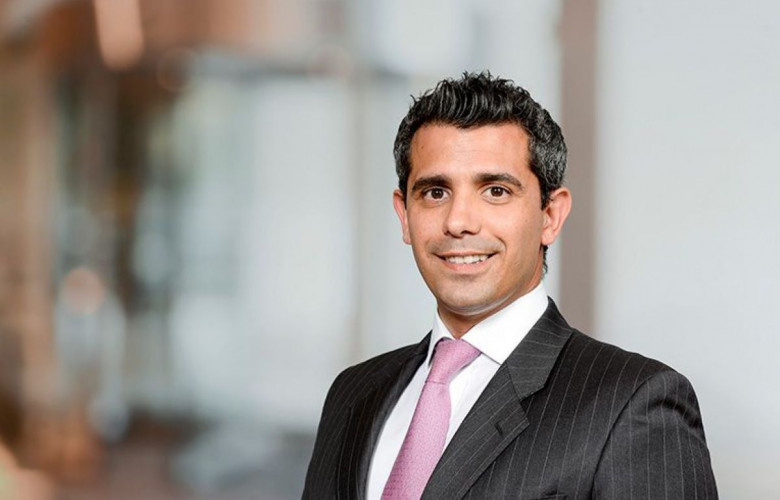Branded residences have seen phenomenal growth and there is no sign of it slowing.
Contact
Branded residences have seen phenomenal growth and there is no sign of it slowing.
Recent insights from the Savills blog with Guy Ruddle, Riyan Itani and Paul Tostevin have discussed the phenomenon of branded residences.
Host of the Savills blog episode entitled 'The rise and rise of branded residences', Guy Ruddle recently interviewed Riyan Itani, Director of Savills International Development Consultancy and Paul Tostevin, Head of Savills World Research to gain insight into the rise and rise of branded residences in the real estate and development market.
What is a branded residence?
Mr Tostevin describes a branded residence as a residential property that is bought freehold branded and serviced by a third party brand eg. a hotel or architect.
At a glance:
- The number of branded schemes has grown by 198 per cent in the last decade
- There are more than 420 branded schemes globally with a combined total of 65,000 units.
- A record number of projects opened in 2019 and 2020 is set to be another record year.
"There are three physical forms of a branded residence," said Mr Tostevin.
"Co-located such as where a Marriott hotel with a separate building of residences, a condo hotel where both functions sit within the same building and a stand alone residential building without any hotel services, just branded with the name.
"It isn't just hotels, automotive industries are also branding apartment blocks, not operating it but licencing their brand to the developer.
Mr Itani said even 'star-chitects', signature architects with a global profile, can add a premium to a building just by designing the building.
Why is it happening?
"The sector has grown along with high net worth individuals, four fold," said Mr Tostevin.
"Brand conscious individuals value security and services that branded residences offer and peace of mind of owning a product associated with a reputable brand."
Mr Tostevin said service offer is key to the affiliation and part of the package.
"Our analysis suggests price premium stands at about 35 per cent and can exceed 70 per cent in an emerging market," said Mr Tostevin.
Mr Itani said branded residences provide value for developers as it differentiates their product against the broad range of luxury in the market.
"Their price is able to be achieved and the rate of sale of units is faster."
Mr Tostevin said from a brand perspective, it's about profile and getting their brand into as many locations as possible.
"There has been nearly 200 per cent growth over the last 10 years," said Mr Tostevin.
"There are 420 branded residential schemes globally today which is up from 150 schemes 10 years ago.
"Marriott is the largest individual player and geographically this has been a US phenomenon, but the Middle East, Latin America and Carribean will see a doubling of supply in the next few years."
Opportunity for this sector globally.
Mr Tostevin said while New York is the top city for branded residences it will be toppled by Dubai by the end of the year.
Mr Itani said branded residences are a win-win-win situation where the buyer benefits from real intangible differentiators in the property, the operator gets coverage and the developer gets a higher return for the cost he inputs.
"This model works and helps the cash flow of the project and make it a more viable means where more developers and brands are taking it seriously," said Mr Itani.
"Historically, it was seen as an additional feature to a hotel, then over the course of time as this economic reality became clear and brands saw the benefit of the increased profile in the residential world, it was taken more seriously."
How far will it go?
Mr Itani said the choice of brand is key and has to resonate with a buyer.
"Can we see a Google Tower, that is one of the predictions I made in 2018 when we published our first branded residence report," said Mr Itani.
"One section of the market hugely missing is technology.
"It would be very exciting to see some of those players coming into the market as it would be a brand that would resonate."
You can listen to Savill's blog here.
Similar to this:
Suburb brand = competitive edge
Australian interior design brands collaborate for The Grounds of Kew pop-up shop
Brand ‘Barangaroo’ tops the list for international investors





